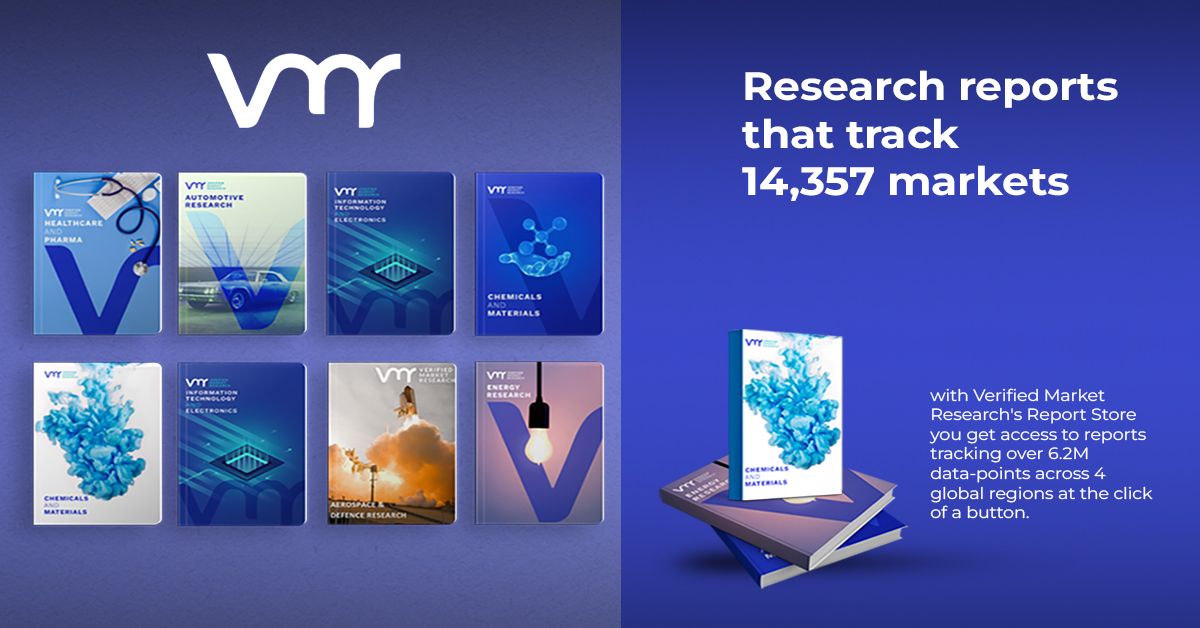The Evolution of MEP Services Market: Innovations and Trends Shaping the Future
In the realm of construction and building design, Mechanical, Electrical, and Plumbing (MEP) services play a pivotal role in ensuring functionality, efficiency, and sustainability. This comprehensive article delves into the latest developments within the MEP services market, highlighting key innovations, emerging trends, and their impact on the industry.
Introduction
Mechanical, Electrical, and Plumbing (MEP) services constitute the lifeline of modern buildings, encompassing crucial systems that enable comfort, safety, and operational efficiency. As advancements in technology continue to reshape the construction landscape, the MEP sector is undergoing transformative changes aimed at enhancing performance, reducing environmental impact, and meeting evolving regulatory standards.
Key Developments in MEP Services
Integration of Building Information Modeling (BIM)
One of the most significant advancements in MEP design and implementation is the widespread adoption of Building Information Modeling (BIM). BIM facilitates collaborative workflows among architects, engineers, and contractors, enabling real-time visualization and simulation of MEP systems within the building’s digital model. This approach not only enhances coordination and reduces errors during construction but also optimizes building performance throughout its lifecycle.
Sustainable Design and Energy Efficiency
In response to global initiatives aimed at reducing carbon footprints, MEP engineers are increasingly focusing on sustainable design practices and energy-efficient solutions. This includes the integration of renewable energy sources, such as solar panels and geothermal systems, into MEP designs. Moreover, advancements in HVAC (Heating, Ventilation, and Air Conditioning) technologies have led to the development of ultra-efficient systems that minimize energy consumption without compromising indoor comfort.
Smart Buildings and IoT Integration
The concept of smart buildings, driven by Internet of Things (IoT) technology, is revolutionizing MEP services. IoT-enabled sensors and devices are being integrated into MEP systems to gather real-time data on energy usage, occupancy patterns, and environmental conditions. This data is then analyzed to optimize building operations, predict maintenance needs, and enhance occupant comfort and safety.
Digital Twin Technology
Emerging as a game-changer in MEP services, digital twin technology involves creating virtual replicas of physical MEP systems and their operational behaviors. By leveraging data from sensors and IoT devices, engineers can monitor and simulate the performance of MEP systems in real time. This proactive approach enables predictive maintenance, early fault detection, and continuous optimization of building operations.
Industry Challenges and Solutions
Skills Shortage and Technological Adoption
Despite technological advancements, the MEP industry faces challenges related to skills shortages and the adoption of new technologies. The rapid pace of innovation requires MEP professionals to continuously update their skills and knowledge to effectively implement new solutions and meet client expectations.
Regulatory Compliance and Sustainability Goals
Stringent regulatory requirements and sustainability goals are driving the demand for MEP systems that not only comply with building codes but also contribute to reducing environmental impact. MEP engineers must navigate complex regulations while integrating sustainable practices into their designs to achieve optimal building performance and certification.
Future Outlook
Looking ahead, the future of MEP services promises further integration of advanced technologies, such as artificial intelligence (AI) and machine learning, into building systems. AI-driven analytics will enable predictive modeling of MEP performance, enhancing efficiency and resilience in the face of changing environmental and operational conditions.
The MEP services market is evolving rapidly, driven by technological innovation, sustainability imperatives, and the quest for operational excellence. From BIM-enabled collaborative design to IoT-driven smart buildings, each development discussed in this article underscores the transformative impact of MEP services on modern construction practices. As the industry continues to innovate and adapt, staying abreast of these developments will be crucial for professionals aiming to excel in delivering high-performance, sustainable buildings of the future.
This article has explored the latest key developments in the MEP services market, offering insights into how these innovations are reshaping the industry and paving the way for a more efficient, sustainable built environment.










